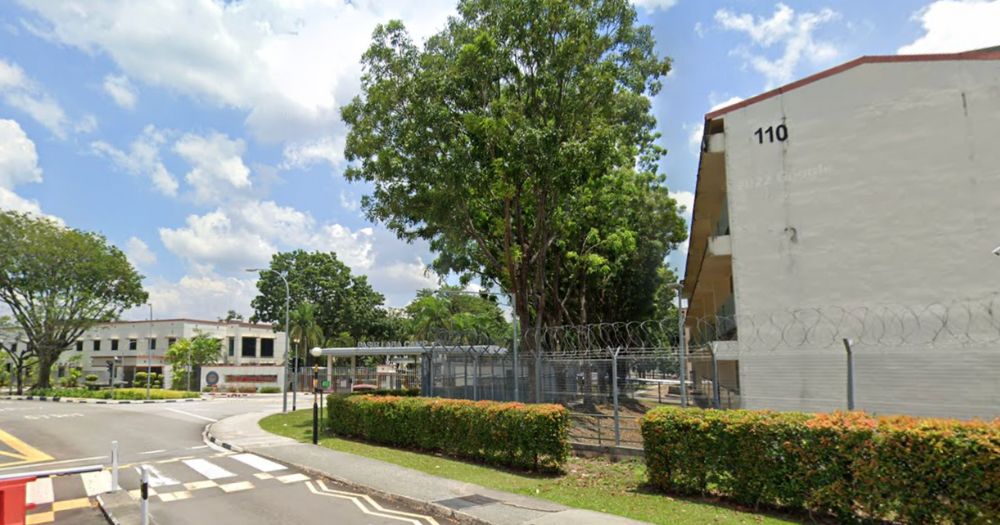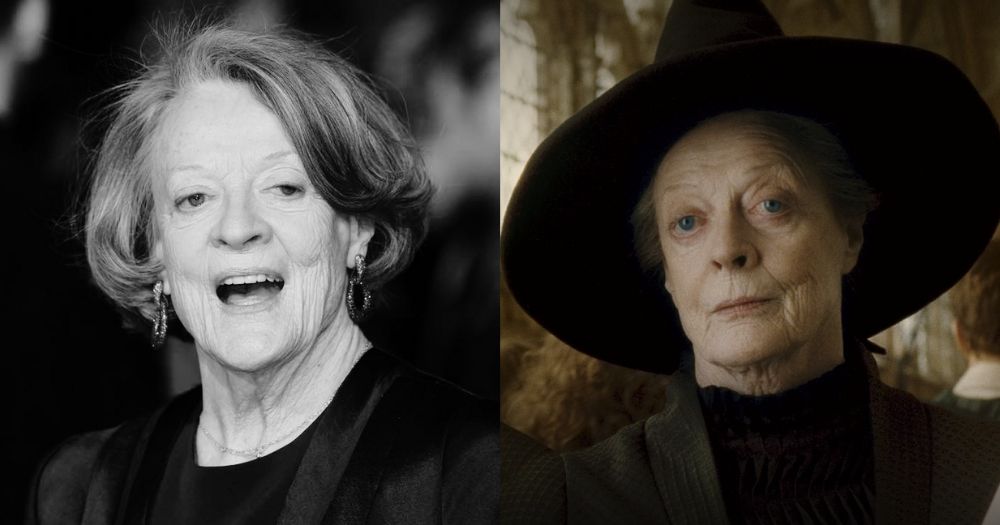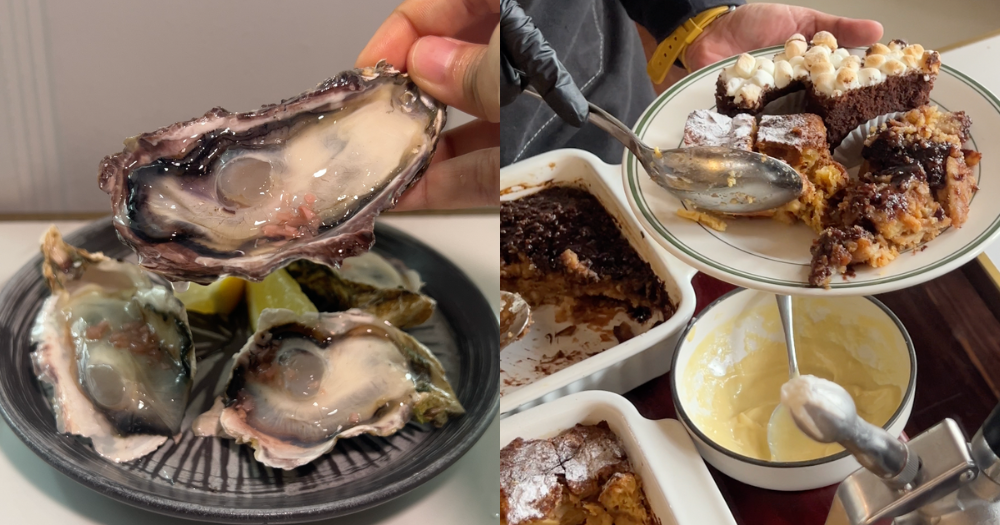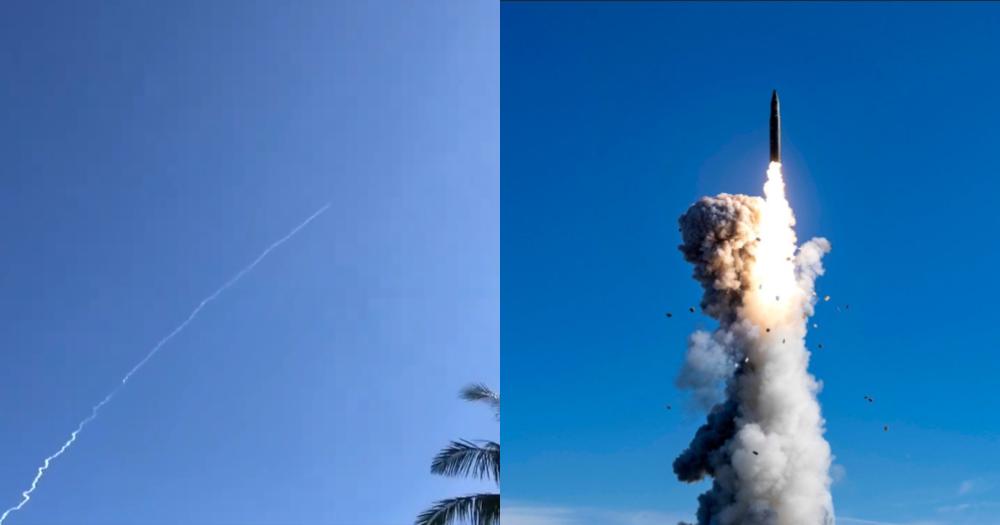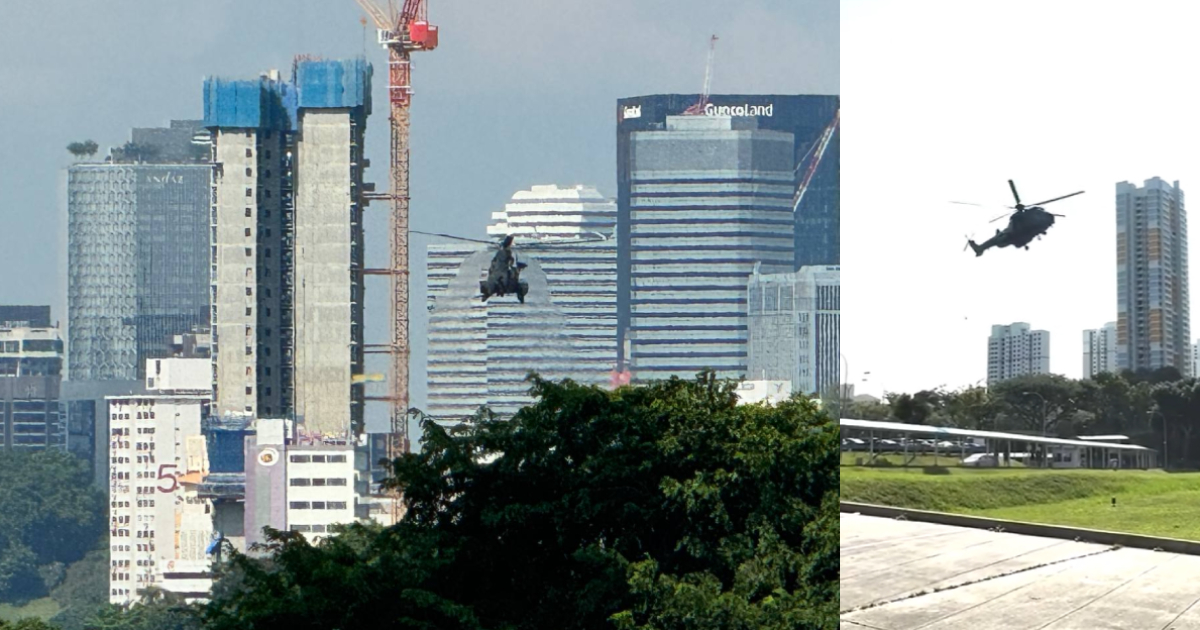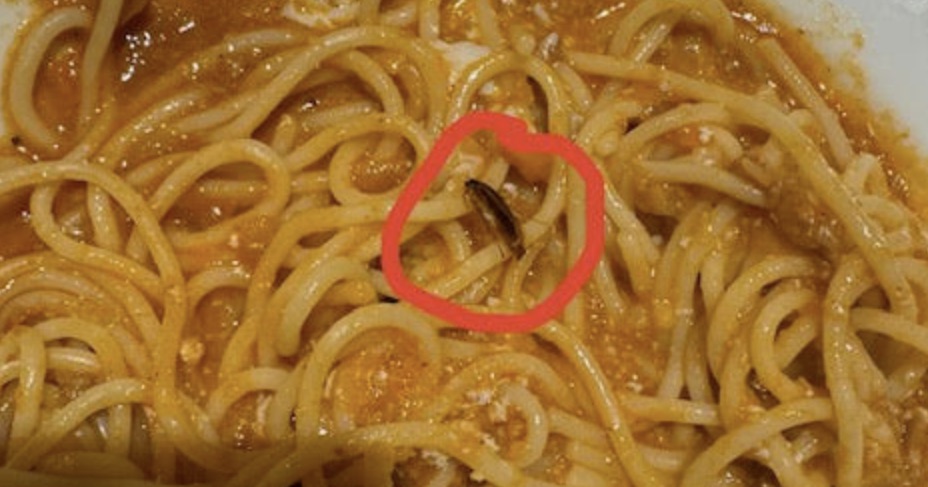Hawksbill turtle nest found at East Coast Park 9 days after oil spill
The nest is being monitored.
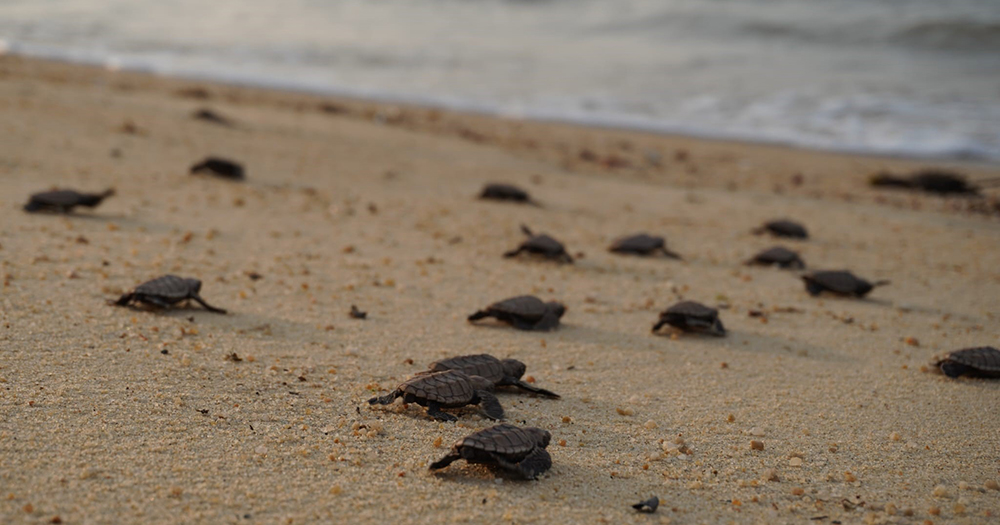
A hawksbill turtle nest has been discovered at East Coast Park, the first recorded discovery since the oil spill that occurred on Jun. 14 at Pasir Panjang.
Nest has been secured by NParks
In response to Mothership's queries, the director of the National Biodiversity Centre at the National Parks Board (NParks), Karenne Tun, said the agency had been alerted to the presence of the nest on Jun. 23.
Tun added that the nest is located away from the beachfront affected by the oil spill and that it has been secured to protect the eggs from predators.
Tun said:
"We will continue to monitor the nest to assess the nest conditions and determine an estimated hatch date."
She noted that hawksbill turtles typically nest on the high shore.
"Since the oil spill incident on Jun. 14, 2024, NParks has been alerted to one turtle nest across Singapore," she added.
One of two turtle species found in Singapore, critically endangered
The Hawksbill turtle is one of two species of marine turtles that can be found in Singapore, the other being the green turtle.
Both species are critically endangered.
They face threats such as the loss of nesting beaches, getting caught in marine pollution like abandoned fishing nets and getting poached for its shell and eggs.
In addition, every year, a few female hawksbill turtles return to Singapore's shores to lay their eggs, said NParks.
As turtle hatchlings crawl towards the ocean, they imprint the location of the coast and are likely to return to the same place when they become adults.
Nesting season usually takes place from June to September every year.
Female hawksbill turtles can lay up to 200 eggs at once, usually under the cover of night. The eggs would hatch after around two months.
In 2018, NParks established a turtle hatchery on Small Sister’s Island to provide a conducive environment for turtle hatchlings to incubate, hatch and make it out to sea without harm.
Effects of oil spill on biodiversity may only show up later: Desmond Lee
On Jun. 24, Minister for National Development Desmond Lee said there might be a time-lag when it comes to the oil spill's impacts on local biodiversity.
It will thus take time for the government to assess its long-term environmental impact.
The effects on sensitive species such as corals, seagrasses and sea stars may only become visible weeks or months later, such as during spawning periods, he added.
Lee recalled the last major oil spill impacting Chek Jawa in 2017, and noted that while Singapore's habitats are "relatively resilient", recovery still took a few months.
In the case of an oil spill in 2010, seagrasses and coral reefs at Tanah Merah started recovering after a year.
Conducting surveys to monitor impact
Lee revealed that he recently held a closed-door discussion with representatives from 30 nature and community groups, organisations and Institutes of Higher Learning, together with Baey Yam Keng, Senior Parliamentary Secretary in the Ministry of Sustainability and the Environment and the Ministry of Transport.
The government will be working closely with these partners in the next phase of managing the oil spill.
Intertidal and subtidal surveys, and biodiversity impact surveys, will be conducted at affected sites.
Marine experts as well as volunteers from the Friends of Marine Park, along with NParks, are involved in surveys on St John’s Island and Lazarus Island to track the impact of the oil spill on biodiversity.
Additionally, experts from the National University of Singapore, Nanyang Technological University and St John’s Island National Marine Lab, have commenced surveys at the Southern Islands and Labrador Nature Reserve.
Meanwhile, Mandai Wildlife Group, Singapore Veterinary Association, Acres, and the S.E.A. Aquarium who have a pool of veterinarians will be supporting wildlife rescue and rehabilitation efforts.
The Bird Society of Singapore and Otter Watch will also help educate the public on the dos and don'ts when spotting oil-slicked wildlife.
"We will sustain these efforts jointly over the next few months, and check-in regularly with our partners along the way to take stock of our progress and our findings," Lee said.
Top photo from NParks
MORE STORIES







